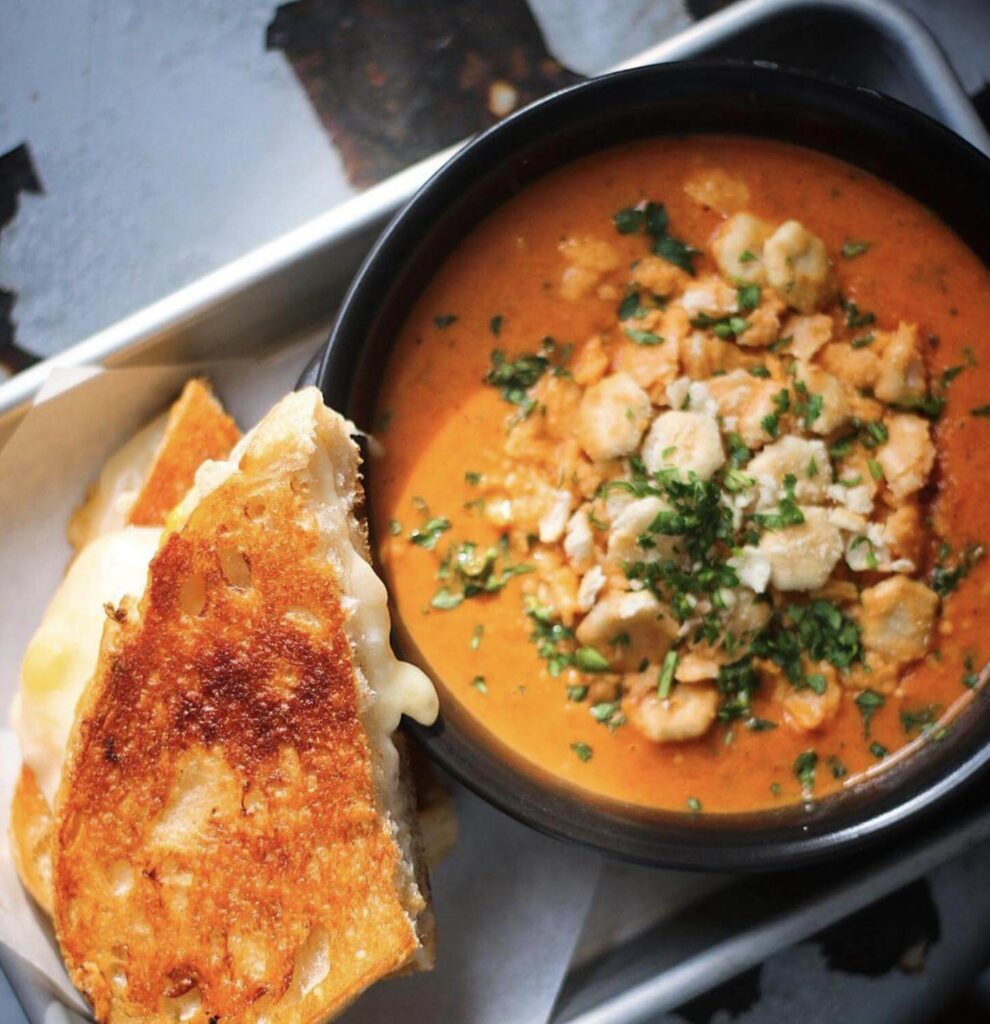This yield calculator makes scaling recipes easy. Whether you need to multiply a family recipe for a large event or resize a dish for a smaller gathering, this tool helps you adjust ingredient quantities. Modify servings, calculate exact costs and price per serving below.
Resize Your Recipe Calculator
Ingredients
Recipe Results
Ingredient Breakdown
Shopping List
Total Recipe Cost
How to resize your recipe with this calculator.
- Enter Recipe Details
- Type your recipe name.
- Add any special notes or instructions (optional).
- Enter the original recipe’s serving size.
- Specify your desired number of servings. Remember you can scale the recipes up or down.
- Add Ingredients
- Enter each ingredient name.
- Use the “Add Ingredient” button for more ingredients or remove them.
- Input the quantity in ounces. See the common conversion metrics to ounces below or use this cooking measurement conversion chart.
- Add the bulk cost if you want to track expenses (optional). Using bulk cost allows you to calculate a more realistic cost per unit, especially if you buy ingredients in larger quantities.
- Calculate Results
- Click “Resize My Recipe” to see the adjusted quantities.
- Review the shopping list and cost breakdown.
- Print or save your results for later use.
Common Measurement Conversions to Ounces
Volume to Ounces
- 1 tablespoon: 0.5 oz
- 1/4 cup: 2 oz
- 1/3 cup: 2.67 oz
- 1/2 cup: 4 oz
- 1 cup: 8 oz
- 1 pint: 16 oz
- 1 quart: 32 oz
Weight to Ounces
- 1 pound: 16 oz
- 1 gram: 0.035 oz
- 100 grams: 3.5 oz
- 500 grams: 17.6 oz
- 1 kilogram: 35.27 oz
Common Ingredient Conversions
- All-purpose flour (1 cup): 4.4 oz
- Granulated sugar (1 cup): 7.1 oz
- Brown sugar (1 cup): 7.75 oz
- Butter (1 stick) (1/2 cup): 4 oz
- Shredded cheese (1 cup): 4 oz
- Chopped vegetables (1 cup): 5.3 oz
- Rice (uncooked) (1 cup): 6.8 oz
- Pasta (uncooked) (1 cup): 4 oz
Things to remember when scaling your recipes.
Like everything, scaling up recipes to larger portions takes a little bit of practice. I was reminded of this while catering an appreciation event for about 40 local teachers.
They wanted something comforting, and nothing says comfort quite like a hearty tomato soup. But scaling that simple recipe from a small batch to one big enough is where things can get interesting.
First thing, you need to remember was the importance of weight versus volume measurements. Standing there in the kitchen, staring at all those tomatoes, I knew that relying on cups just wouldn’t cut it. A cup of diced tomatoes can vary too much depending on how tightly you pack it. Instead, I went by weight—about 15 pounds of tomatoes. It was the only way to make sure I was getting the flavor just right, without the risk of under- or overdoing the key ingredient.

Scaling a tomato soup recipe.
Another challenge you’ll face is dealing with small quantities like spices. I remember standing in front of that big pot, teaspoon in hand, thinking, “Ten teaspoons of salt can’t be right, can it?” And it wasn’t. Spices don’t scale up evenly. A teaspoon of salt for four people doesn’t simply become ten teaspoons for forty… that would be a salty disaster. I scaled carefully and tasted as I went, especially with things like thyme and chili flakes. A little too much of either can overwhelm a pot of soup this size. I learned to start small and build up gradually. You can always add more. Removing seasonings is the problem.
Know that when it comes to scaling recipes it’s usually alright to round to practical numbers. Nobody wants to be measuring out 17.8 ounces of tomatoes when you’re juggling multiple pots on a busy stove. I rounded to the nearest ounce, which made things a lot smoother when the heat was on.
And finally, save your notes with this tool. What worked, what didn’t. Save this information. Because when you get it right for forty people, you want to be able to do it again without starting from scratch.
About this calculator
I worked closely with chef and restaurateur Malcolm Bedell to develop the formulas and structure of the recipe yield calculator. The last decade, Malcolm launched multiple food truck and restaurant concepts like Ancho Honey and his latest venture, The Original Honey’s Fried Chicken Palace.

Malcolm Bedell holding a fish.
Malcolm’s hands-on experience was crucial in refining how to scale portion sizes and some of the ingredient nuances you need to know about when cooking for 30 people or more.
Related Tools:
Menu Recipe Scaling & Food Cost Calculator: This tool makes it easy to adjust your recipes for any number of servings and accurately calculate ingredient costs and retail prices.